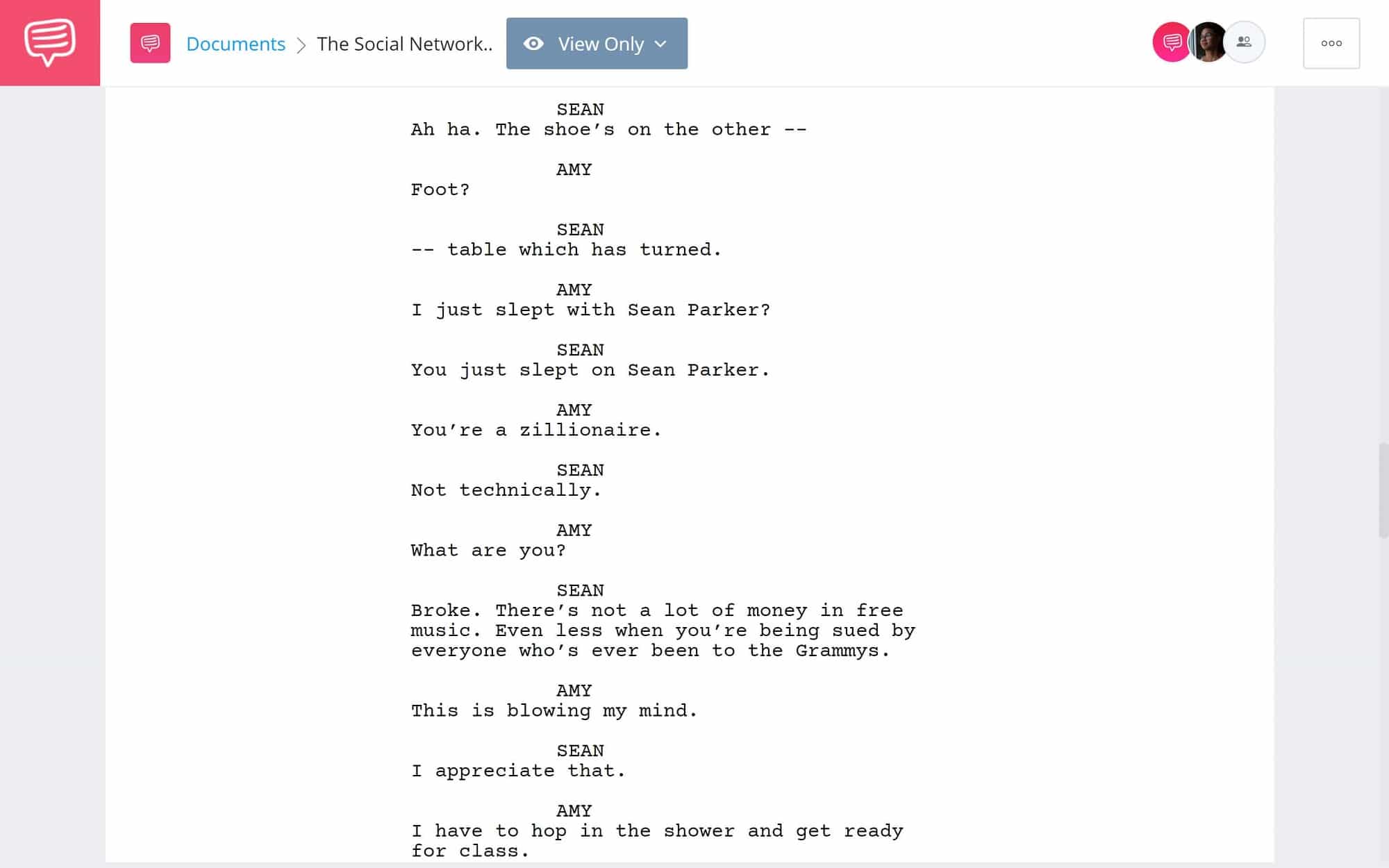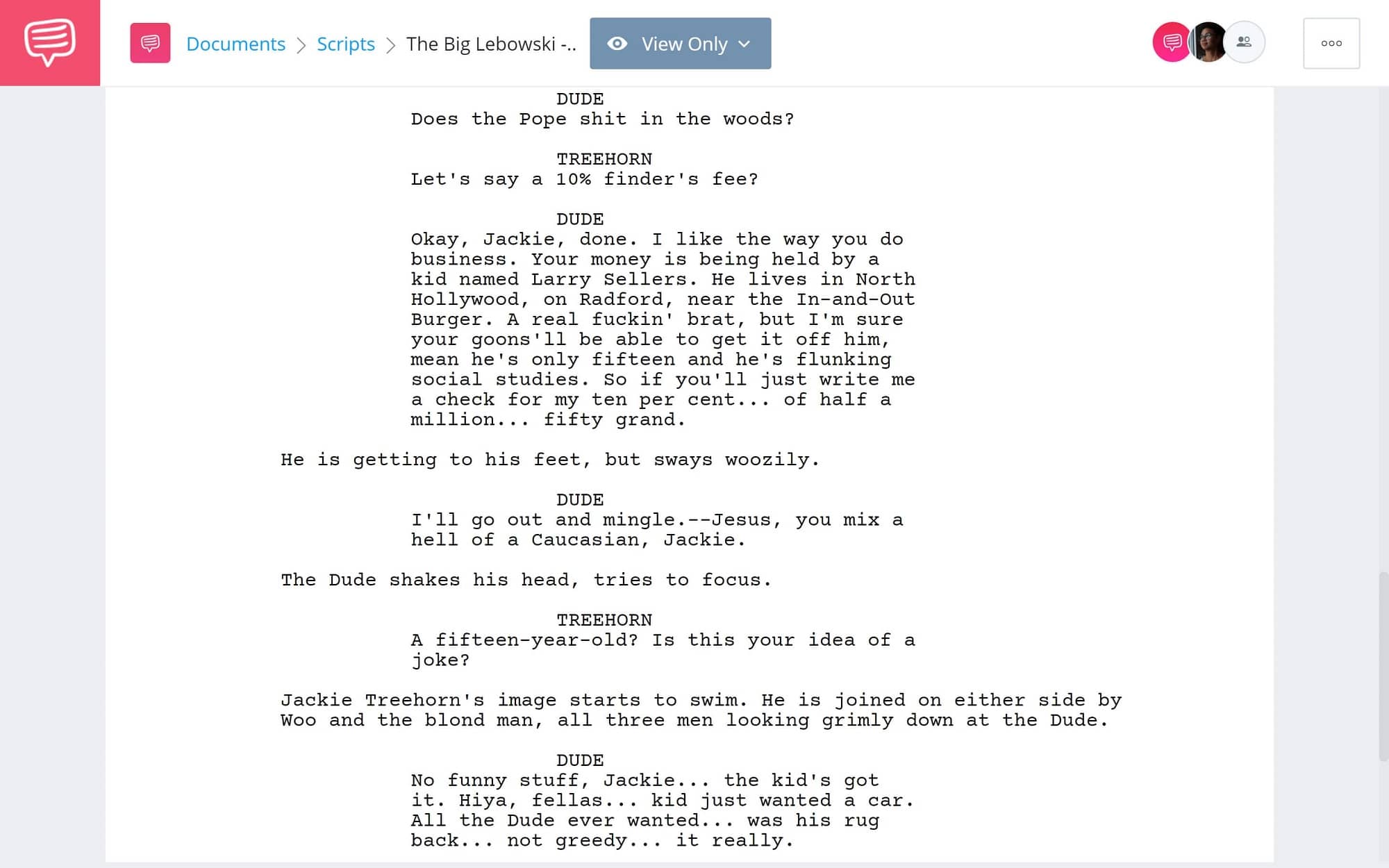No matter what you write, it’s agreed that metaphors are an important literary device. But, what is a metaphor? What does metaphor mean? In this article, we’ll explore this question and answer how this literary device can enhance your screenwriting. We’ll cover this concept and catalog the ways in which you can use metaphors to enhance your script.
Metaphor Meaning
Breaking down metaphors
In essence, a metaphor is a comparison between two unlike things which suggests a likeness. There are many types of metaphors and even more ways in which they can be used to spark the reader’s interest and imagination. Before we jump into the examples, let's define metaphor.
METAPHOR DEFINITION
What is a metaphor?
A metaphor is a figure of speech in which a word or phrase denoting one kind of object or idea is used in place of another to suggest a likeness or an analogy between them. Metaphors are closely related to analogies and similes, which we will explain in a minute. Subtypes include allegories, hyperboles, and parables.
Metaphor Examples:
- He’s drowning in money.
- Laughter is the best medicine.
- You ain’t nothing but a hound dog.
That metaphor definition might be a bit dry so here's a breezy and fun rundown from Prof. Tim Jensen from the University of Oregon.
What is a Metaphor Literary Definition
Metaphor Meaning
Metaphor vs simile vs analogy
From time to time, literary devices can feel somewhat redundant. For instance, we all remember from high school English that similes, analogies, and metaphors are frustratingly similar.
What is the difference between a simile and a metaphor? They both liken two wholly unlike items. Where a simile uses the ‘like’ or ‘as’ to compare, a metaphor frankly states something as “being.”
For a quick example: when Forrest Gump says, "Life is like a box of chocolates," he's using a simile. If he had said, "Life is a box of chocolates," that would have been a metaphor.
To further these differences, this infographic gives us more examples of the differences of simile vs. metaphor.
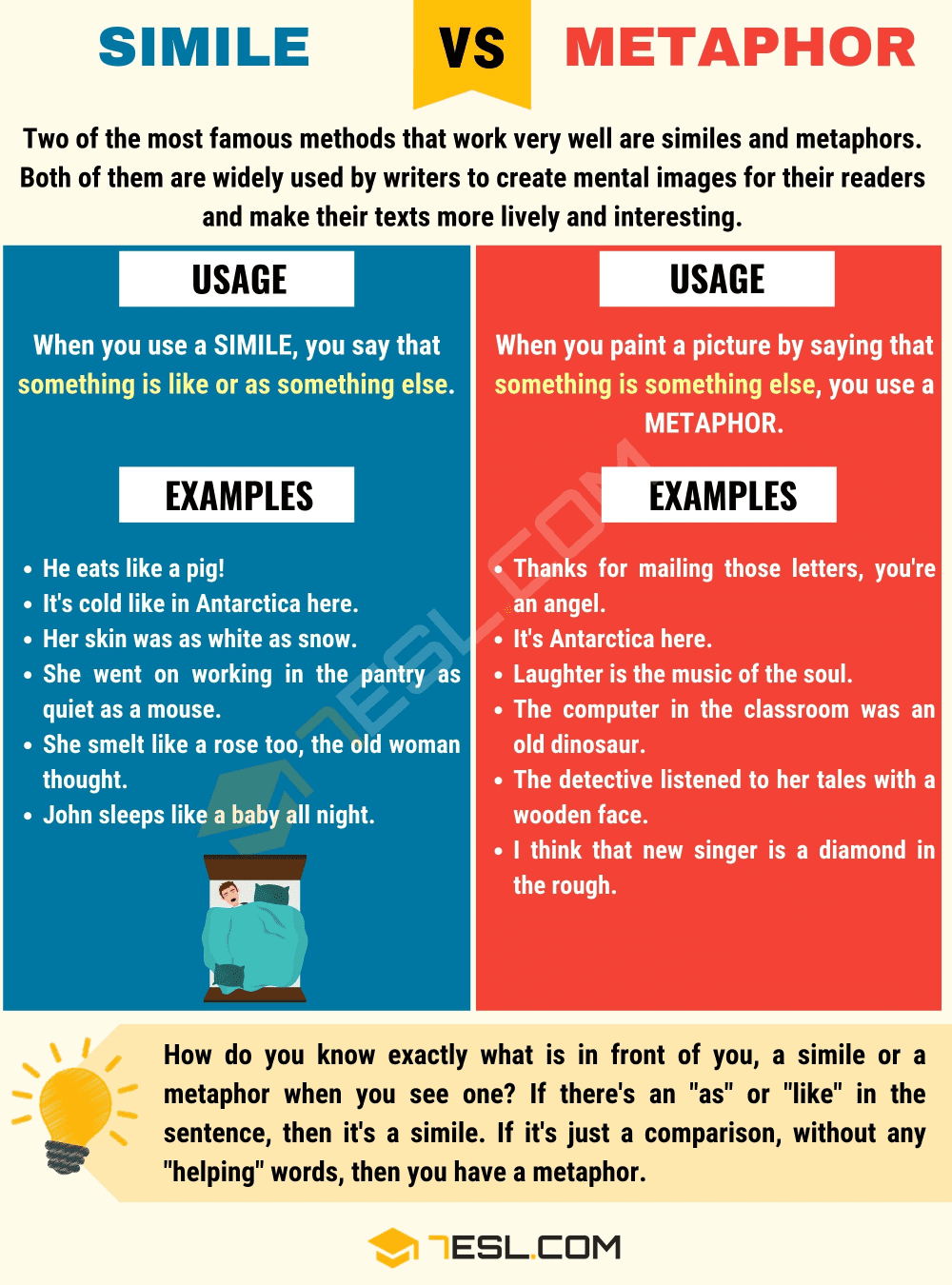
Simile vs Metaphor
Now you know the difference between simile and metaphor, let’s look at the difference between analogy and metaphor. An analogy is a comparison of two or otherwise unlike things based on the resemblance of a particular aspect.
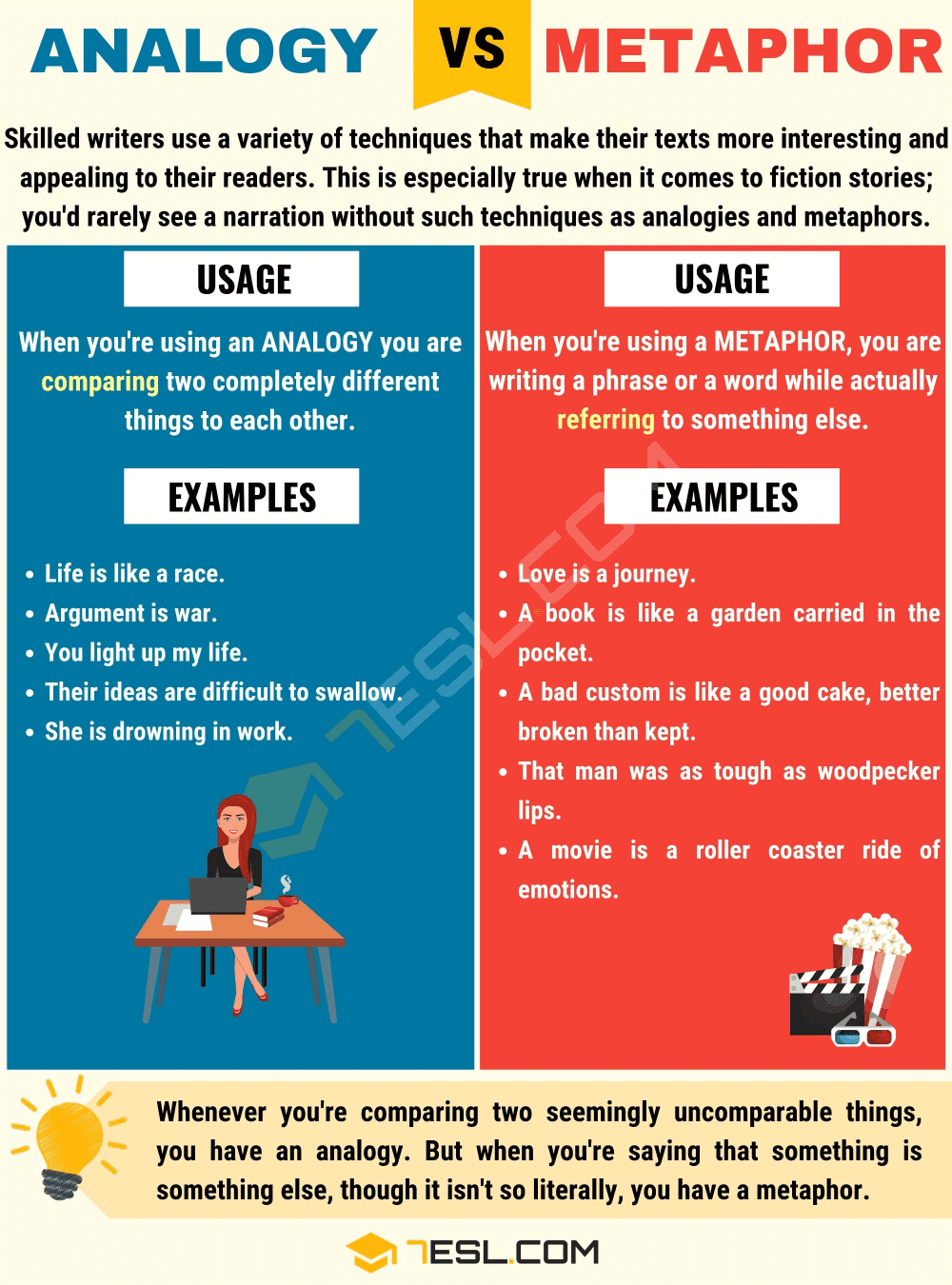
Analogy vs Metaphor
Now that we know what a metaphor isn’t, let’s explore different types and how you can use them to zhuzh up your script!
Metaphor Examples
Using extended metaphors
An extended metaphor is a nifty tool for writers of any genre. Every movie must be about something greater than the story, a universal truth. Extended metaphors are handy in this regard.
They rock at instilling meaning without coming across as too on-the-nose or preachy about your thematic material. Even more, extended metaphors can keep your audience engaged, looking deeper into your story for its thematic meaning.
EXTENDED METAPHOR DEFINITION
What is an extended metaphor?
An extended metaphor is a comparison between two unlike things that continues through a series of sentences, lines in a poem, or even an entire novel. An extended metaphor can serve as an excellent way to show a film’s theme.
An extended metaphor example can include conceit (an intricate far-reaching metaphor) or allegory (representation of abstract ideas by characters or events in narrative form). To best understand conceit and allegory, let’s turn to the 2019 masterpiece, Parasite.
For our purposes, let’s look at the thematic elements of Bong Joon-ho’s film as an extended metaphor. Ho’s film compares the poor stratum to parasites, both of which hide in sub-basements and forgotten bunkers, feeding off the rich (or the other way around). This is an example of a conceit, a far-reaching metaphor.
How about allegory? Check out this scene where Kim Ki-taek saves the suseok, or scholar’s stone, from a flood. The suseok acts as an allegory to the family’s hope that good fortune will turn their luck around soon.
The scholar’s stone, an extended metaphor
As a screenwriter, the number one criticism you’ll hear is show, don’t tell. Making use of an extended metaphor such as conceit or allegory can show your theme in ways which will inspire your audience.
Comparisons to Avoid
Using dead metaphors
A dead metaphor can generally be thought of as something cliche. Of course, our job as screenwriters is to be as original as possible. It follows that we’d want to avoid a dead metaphor like the...well, like death.
Dead metaphors have their time and place. Go ahead and find a unique way to use a dead metaphor that reveals your character. If your character is flawed, have her speak like it.
DEAD METAPHOR DEFINITION
What is a dead metaphor?
A dead metaphor is a word or phrase that has lost its impact. This can occur when a semantic shift occurs over time and the original imagery is lost due to excessive use. Using a dead metaphor is like "beating a dead horse," which itself is also a dead metaphor. Dead metaphors are still useful when deployed on purpose (e.g., when you have a character who tends to speak in cliches).
This one’s a bit of a head-scratcher at first blush. A dead metaphor can also be thought of as version of a “cliche,” or things which over time have lost their original meaning through overuse.
Examples of dead metaphors:
- That test was a breeze.
- Time is running out.
- He’s champing at the bit.
As a screenwriter, it’s important not to be cliched. Cliches and dead metaphors have a tendency to come off as bad writing, or even worse, boring to the reader. Don’t give them one reason for an executive to put your script down! If you want to double-check to make sure your script is "cliche-free," here are the top cliches to avoid.
Hybrid Comparisons
Using mixed metaphors
A mixed metaphor may seem like something worth avoiding. But this unique type actually holds a lot of value, for screenwriters in particular. A mixed metaphor has the potential to reveal more about a character than the most regal metaphor you can construct.
MIXED METAPHOR DEFINITION
What is a mixed metaphor?
A mixed metaphor is a combination of two or more incompatible metaphors, producing a ridiculous effect. Two ways for characters to use mixed metaphors in dialogue would be intentional or unintentional. In other words, if a character understands that they are combining two phrases, they can appear witty. If they simply don't know better, they can appear ignorant.
A mixed metaphor can leave the reader confused as to the point of the comparison in the first place. However, that’s not to say a mixed metaphor can’t be used to successful effect. For example, it may be able to convey tone.
Take for example this scene from The Social Network script where Sean Parker has an awkward moment after a one-night stand. Notice how screenwriter Aaron Sorkin uses a mixed metaphor (the table has turned and the shoe’s on the other foot) to direct the tone of the conversation as awkward and clumsy between characters the morning after.
An Awkward Exchange • Read the entire scene
A mixed metaphor can also do wonders in showing character. For example, take this scene from The Big Lebowski script where Jackie Treehorn interrogates The Dude.
A Clever Mixed Metaphor • Read the entire scene
“Does the Pope shit in the woods?” Here, the Coen Brothers convey The Dude’s stoner state-of-mind by giving him a mixed metaphor. This is an expert way to convey character traits and speech patterns through even the smallest bit of dialogue.
Visual Comparisons
Using visual metaphors
Legendary screenwriting guru Syd Field says, "A screenplay is a story told with pictures." When it comes to a feature film screenplay, you want to be as visual as possible. Enter visual metaphors. They, of course, serve the golden creed of ‘show, don’t tell.’ More so, they have the power to condense the essence of your story’s theme into a single image. What’s more powerful than that?
VISUAL METAPHOR DEFINITION
What is a visual metaphor?
A visual metaphor is a representation of a noun through a visual image that suggests a particular association or similarity. You can see these a lot in political cartoons where the metaphoric comparisons is made visual. Visual metaphors are closely related to symbols but not exactly the same (the former is meant to compare two ideas in an image, the latter is intended to represent an idea).
Ask anyone, film is a visual medium. Especially as screenwriters, it’s vitally important to translate our story into visuals. Many times, this is accomplished through visual metaphor.
One of the most poignant examples in recent years is that of Peter Quill’s (aka Star-Lord’s) mix-tape “Awesome Mix Vol. 1.” As a visual metaphor, this tape wraps Quill’s origin, his mother’s death, basically his whole backstory all in one tight and unique symbol.
By using an outdated form of media, our understanding of Peter's connection to the past is uncomplicated and easy to grasp.
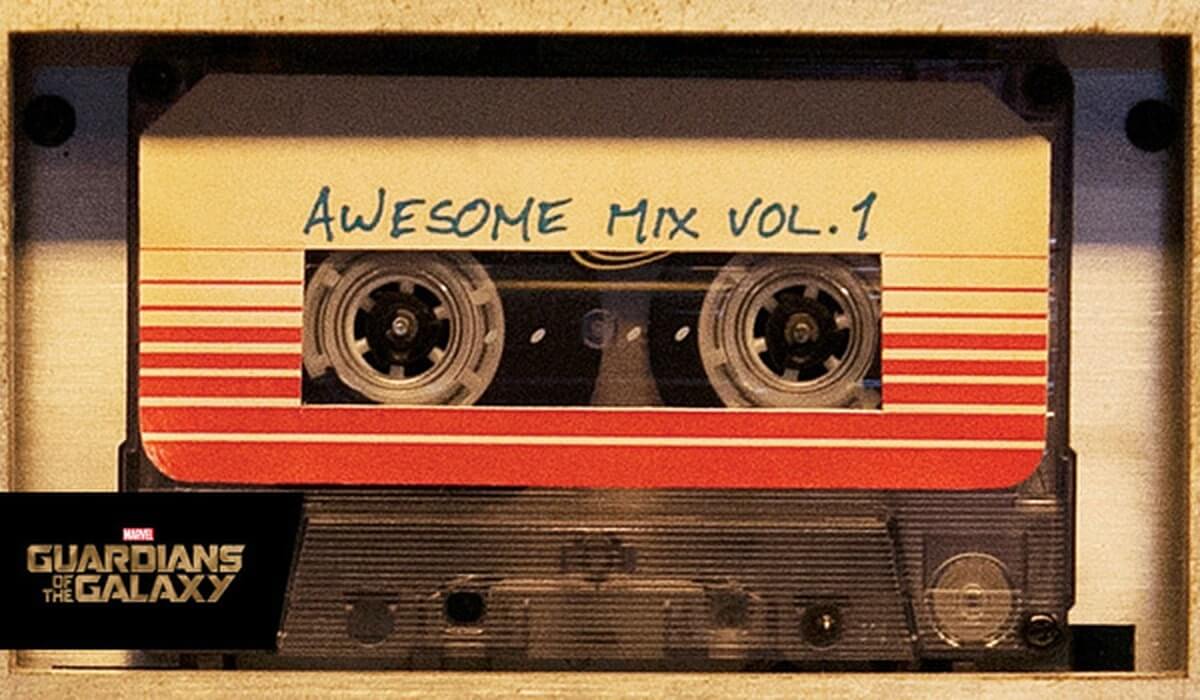
Visual Metaphor Example • Star-Lord's Mixtape
When these visual metaphors are used consistently, they can become motifs. For more on tying themes into visuals, you might want to understand how motifs work. A really great and recent example of this idea would be the visual motifs in Jojo Rabbit.
Importance to Screenwriters
Applying metaphors in screenwriting
Now that you’ve seen metaphor examples, how would you benefit from applying them to your script?
A metaphor conveys more information with less words. On the page, word choice, economy, and white space are important factors in making your script read well. If I need to describe a greedy character, I could do so in a lengthy description listing all the ways in which he’s greedy, or I can use a visual comparison.
Instead of “Todd is greedy,” try “Todd is a cheese-hoarding ship rat.” Now that’s imaginative, visual, and most important, attention-grabbing!
Finally, extended metaphors can put across your story’s theme. Recurring imagery, dialogue, and story elements clue readers in what’s important in your story.
So, what is a metaphor? They are an extremely helpful literary tool that can vastly improve your screenwriting.
UP NEXT
Understanding dramatic irony
Since you’re brushing up on literary terms, why not take a look at one of the most essential tools in a storyteller’s box: irony. Irony not only subverts the audience’s expectations but does so in a way that suggests order and intentionality in your story. Dramatic irony, in particular, is incredibly useful in surprising us and your characters.

